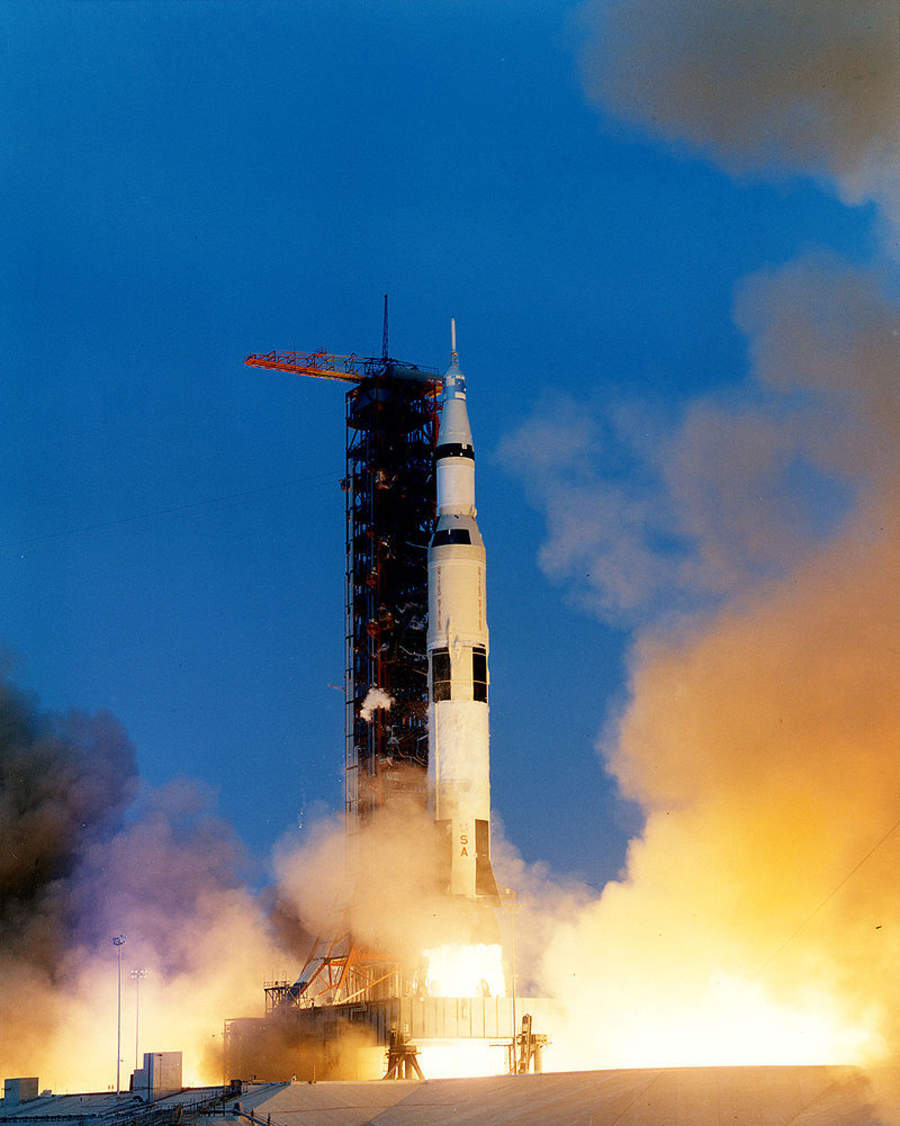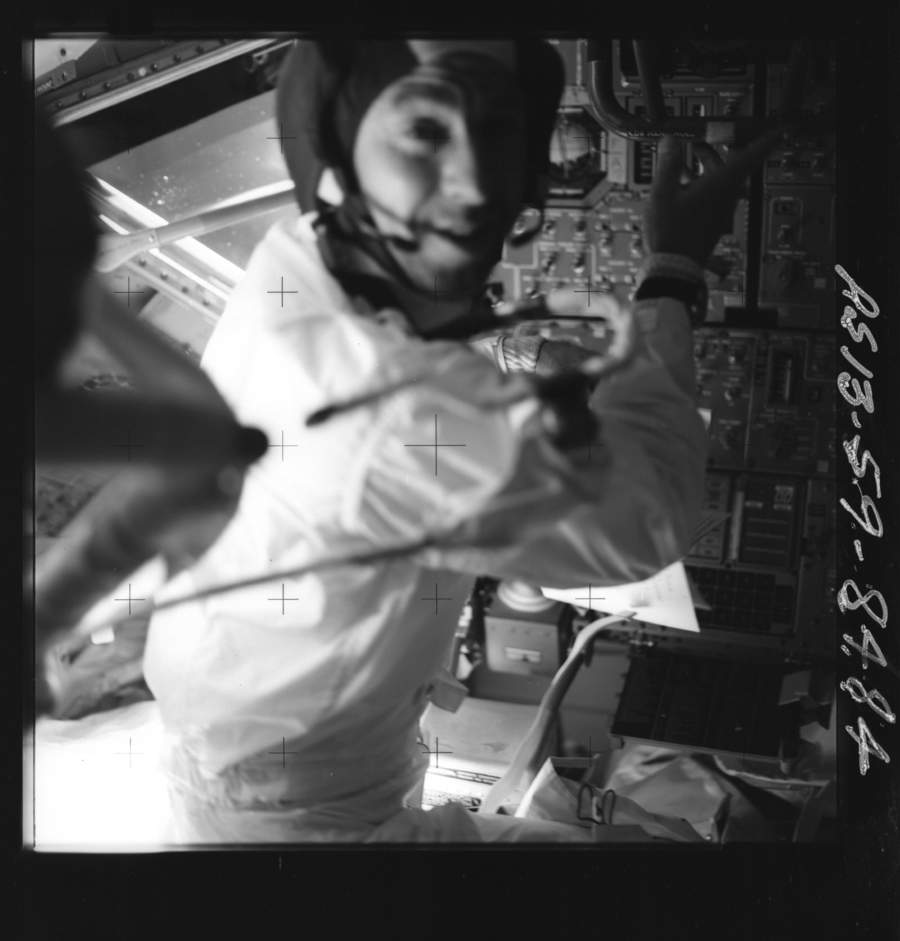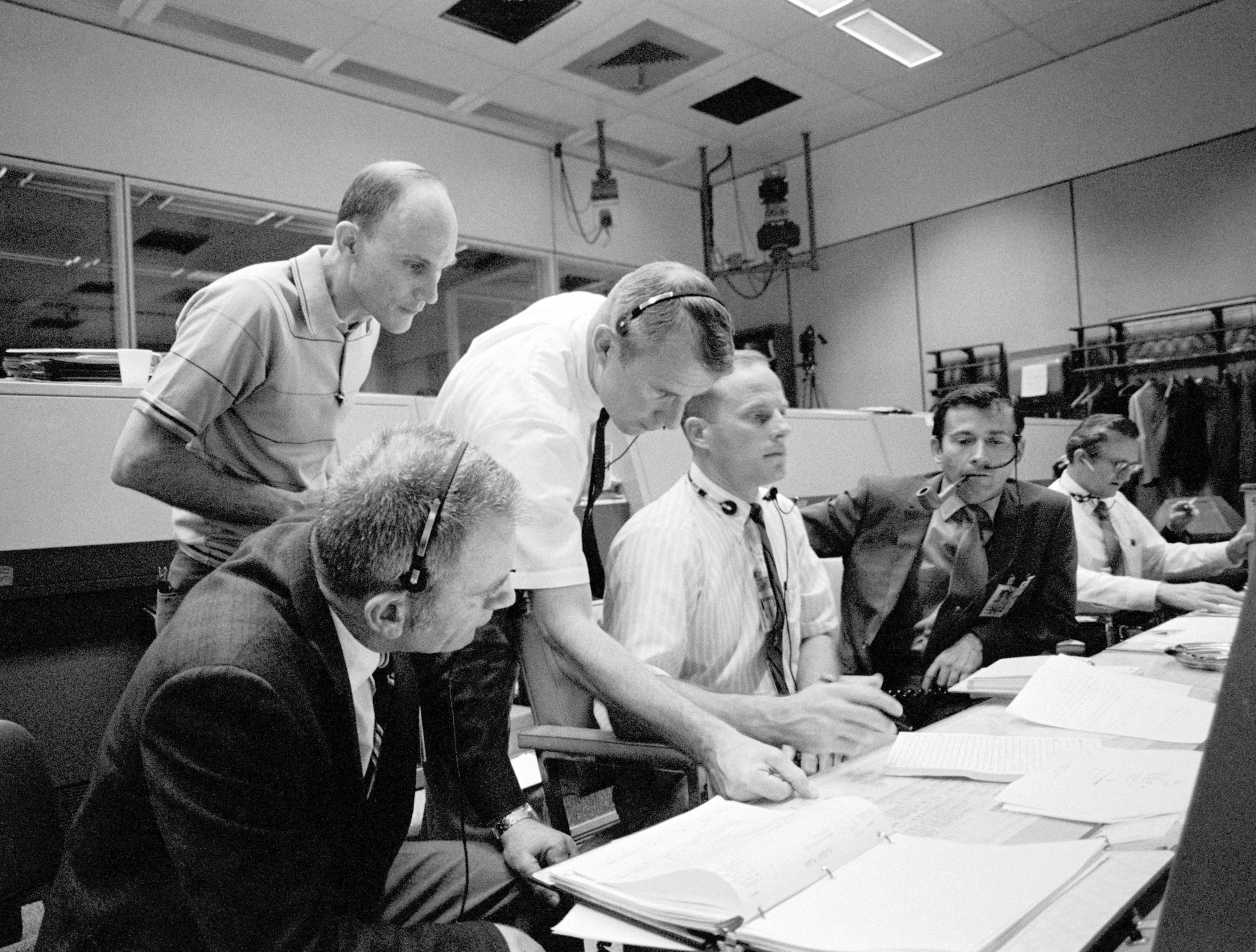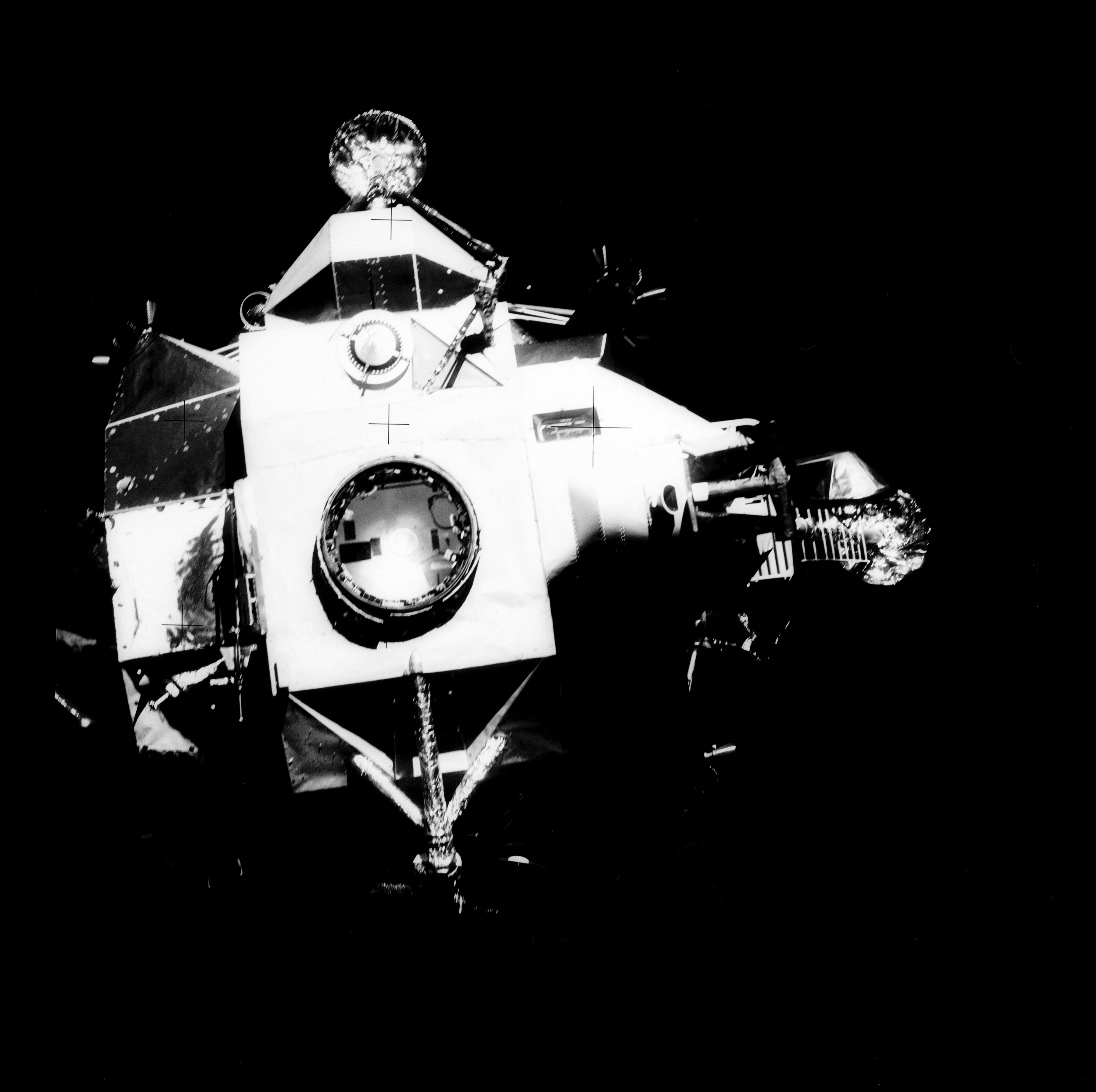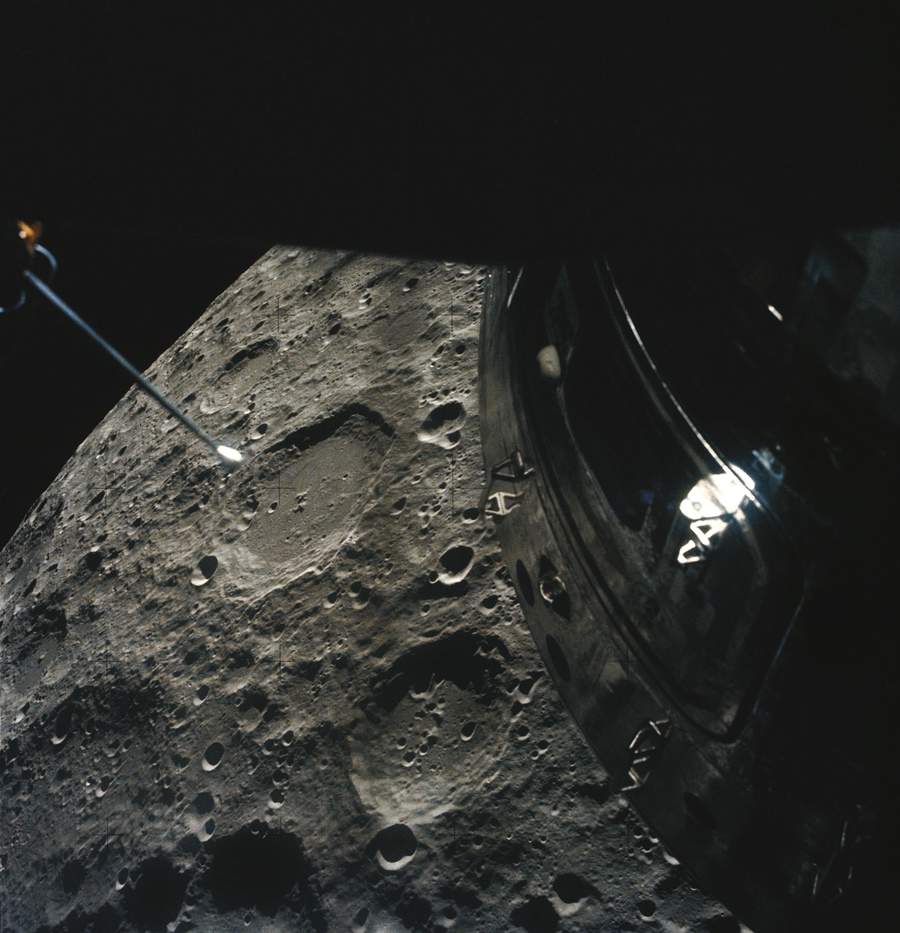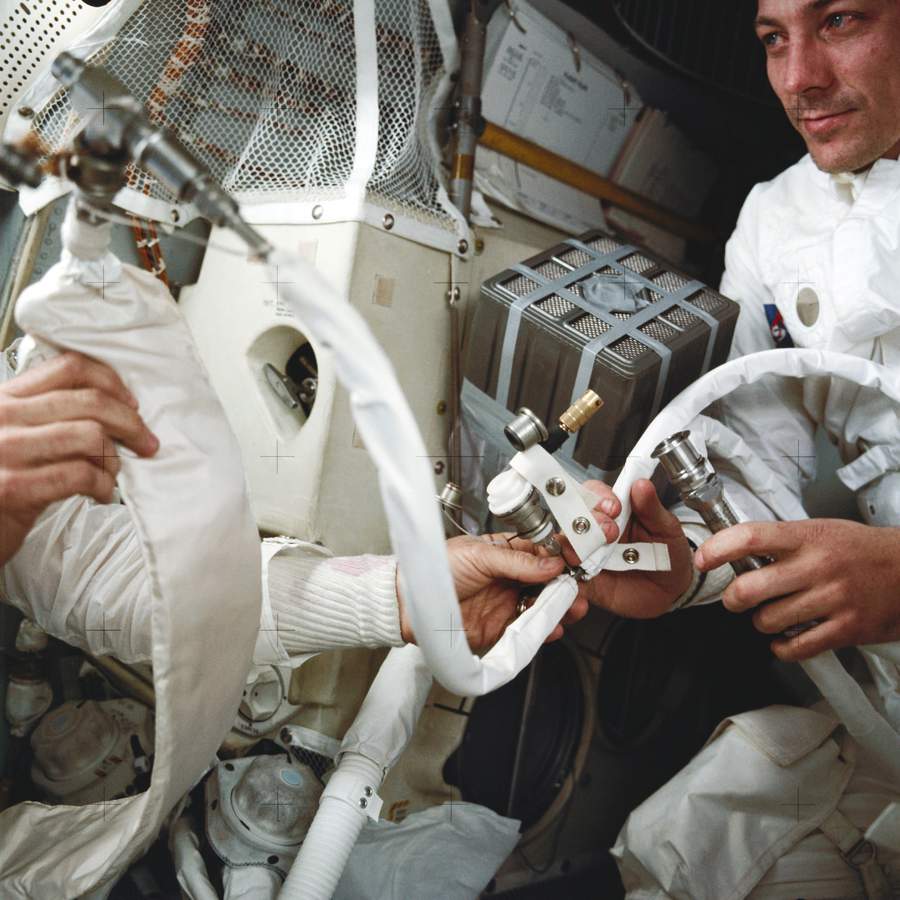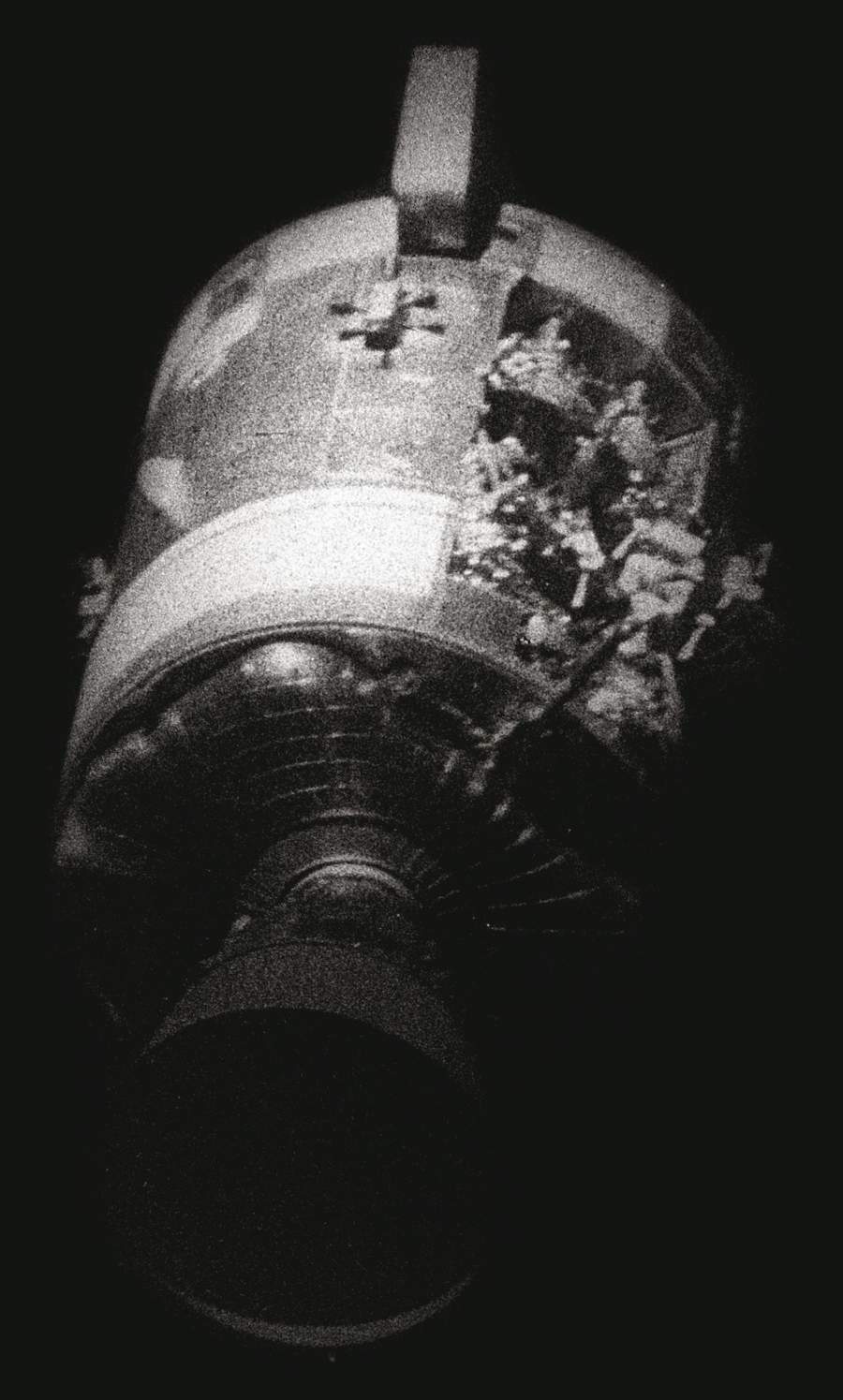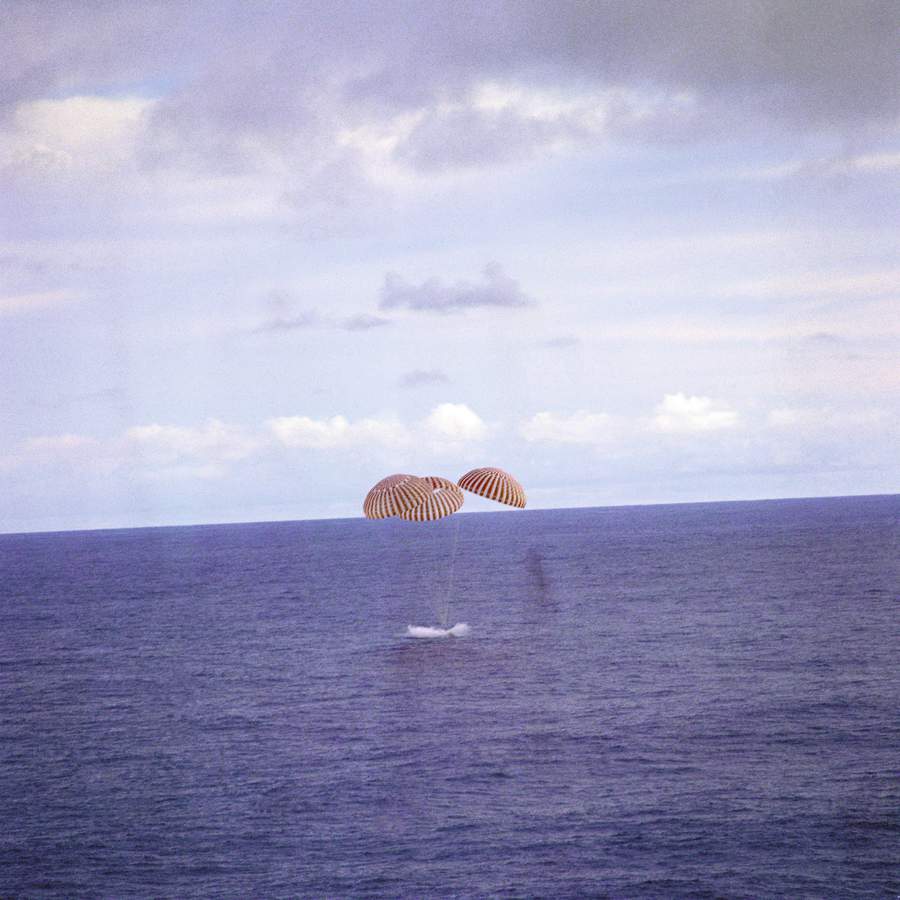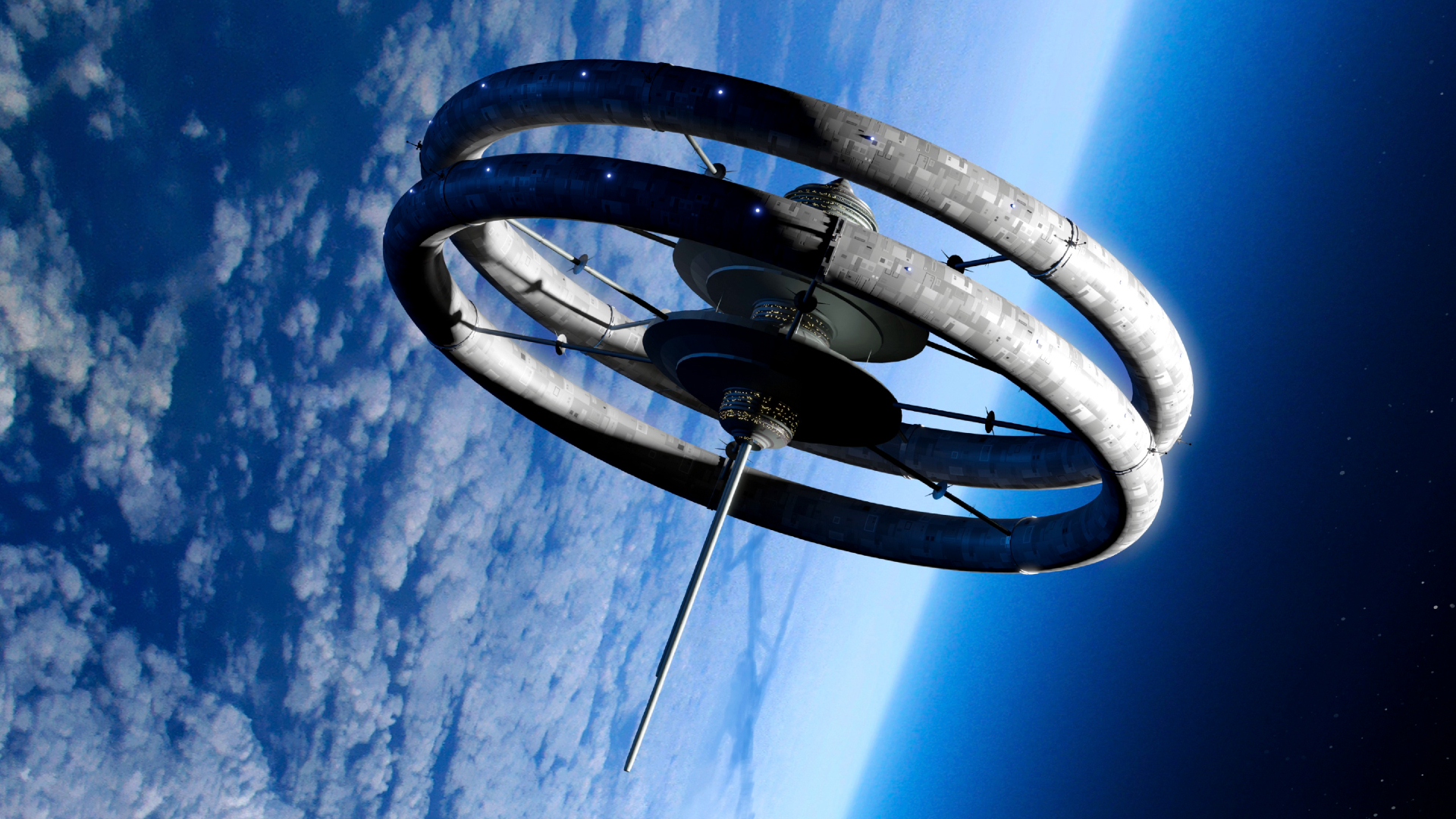Apollo 13 timeline: The hectic days of NASA's 'successful failure' to the moon
This famous moon mission that became a mission for survival.
After performing two successful moon landings, NASA had pulled ahead of the Soviet Union as the undisputed leader in the Space Race. But a potentially fatal accident on its third lunar surface-bound mission was about to bring it back down to Earth.
Apollo 13 was surrounded by superstition from the start, the number 13 believed to be unlucky, but NASA wasn’t going to let that get in the way of Science. The unfortunate events that transpired left Jim Lovell, Fred Haise and John Swigert in the belly of the beast as they were put on a timer to return back to Earth.
Related: Apollo 13 in Real Time website offers new insight into mission
This article is brought to you by All About Space.
All About Space magazine takes you on an awe-inspiring journey through our solar system and beyond, from the amazing technology and spacecraft that enables humanity to venture into orbit, to the complexities of space science.
Subscribe for just $5 (or £5/€5).
Time: 00:00:00, Lift off
The crew was commanded by Jim Lovell, a NASA veteran who had flown across the Gemini and Apollo programs, with command module (CM) pilot John "Jack" Swigert and lunar module (LM) pilot Fred Haise, both of whom hadn’t yet traveled to space.
The three men boarded the CM, nicknamed Odyssey, at the tip of a Saturn V rocket at the Kennedy Space Center in Florida on April 11, 1970. Here, NASA was reminded again of waning interest in space exploration with a launch turnout of around 200,000 people. It was a crowd that paled in comparison to the 7 million who had come to see Apollo 11 liftoff almost a year earlier.
Related: Where are NASA's extra Saturn V moon rockets from the Apollo era?
Time: 55:14:00, Television transmission
Approaching 56 hours into the mission and around 205,000 miles (330,000 kilometers) from home, the crew had just ended a live TV broadcast — though not many TV stations were interested enough to show it. Noticing a slight drop in pressure, Houston flight controllers wanted to check the oxygen levels in the Service Module (SM), so they asked Swigert to perform a routine cryo stir on the tanks.
Breaking space news, the latest updates on rocket launches, skywatching events and more!
This is where things went horribly wrong.
Time: 55:55:20, "Houston, we've had a problem"
The crew heard a loud bang from outside and called down to Houston to report, with Swigert famously saying, "Okay, Houston, we've had a problem here."
Both the crew and the ground team noticed that the oxygen tanks and fuel cells were showing alarming readings, with oxygen tank two completely depleted and tank one falling at a steady rate. Several people at Mission Control assumed this was a fault with instrumentation, but Lovell reported he could see gas leaking out of the SM, confirming their readings were worryingly correct.
They would later discover that a current overload in an oxygen tank during routine testing shorted out the heater switch and had fused the circuit breaker shut, turning the tank into a bomb. A bomb that had been set off when Swigert had started the stir, and blown a 13-foot (3.9-meter) panel off the SM. With power and oxygen failing fast, Apollo 13’s mission was no longer to land on the moon, but to return home alive.
Time: 57:43:00, To the lifeboat
It was decided that the remaining fuel cell for the CM needed to be preserved for re-entry since this was impossible in the LM, called Aquarius. The crew would need to power down the CM and evacuate to the Aquarius, which could be used as a lifeboat because it had its own life support system. This, however, presented problems: the LM was only designed for two astronauts to visit the Moon for around 20 hours, whereas the trip home would require all three men to be stuffed in the capsule for four or five days.
Time: 61:29:43, Emergency correction
As the craft drifted 157 miles (254 km) beyond the far side of the moon, another maneuver was planned to speed up the journey two hours after pericynthion, the closest approach to the moon. It was also debated whether the SM should be jettisoned to increase speed further, but some argued this could expose the CM’s heat shield to the freezing cold of space for too long, risking it breaking on re-entry. This would also involve using all remaining fuel, meaning no other course corrections could be performed later. NASA chose the safer option of a four-minute burn, which would shave off 12 hours of flight and put the craft on target with the Pacific Ocean. Almost 24 hours after the explosion, the crew completed another successful burn.
Related: This stunning 4K video re-creates Apollo 13's perilous trip around moon
Time: 93:30:00, Running repairs
However, now carbon dioxide levels were rising. The scrubbing system aboard the LM wasn’t designed to filter the air for three, and calculations saw that the lithium hydroxide canisters that removed the CO2 would not support the crew until return. The CM had its own supply of canisters, but because of a different design, these were incompatible. It was up to Houston to find a makeshift filtration method using only items on board Apollo 13. Within 35 hours of testing, they had a fix utilizing spacesuit hoses, plastic bags and duct tape.
Time: 138:01:48, Assessing the damage
Next was to jettison the damaged SM while using the LM thrusters to move a safe distance from it. This was the first time the crew saw the extent of the explosion, relaying the damage down to the ground. The LM jettison was next, and a special last-minute procedure had been designed to keep distance by pressurizing the connecting tunnel before release. Calculations were a success, and the crew bid farewell to Aquarius, the reason they had made it this far.
Time: 142:40:45, Return home
As Odyssey began its descent, tensions were high and the world was watching. Ionized air around the craft upon re-entry meant a total communications blackout, and for over four minutes NASA had no contact, fearing the shields or parachutes could still fail. After a longer-than-expected blackout, the crew finally made contact. They had made it home, splashing down in the Pacific Ocean to be picked up by USS Iwo Jima. The mission was dubbed a "successful failure," proving NASA could work well in a crisis.
Related: Apollo 13's importance: How failure can lead to great success
Additional resources:
- 'Apollo 13' launching back into theaters for NASA moonshot's 50th anniversary
- Apollo 13 50th anniversary exhibit to launch new space rental service
- Failure was not an option: NASA's Apollo 13 mission of survival in pictures
- Committee waves off landing Apollo lunar module on new $1 coin
This article was adapted from a previous version published in All About Space Bookazine, a Future Ltd. publication. Follow us on Twitter @Spacedotcom and on Facebook.
SPRING: Get 5 issues in print or digital for just £5, $5 or €5!
All About Space magazine takes you on an awe-inspiring journey through our solar system and beyond, from the amazing technology and spacecraft that enables humanity to venture into orbit, to the complexities of space science.

All About Space is where stunning images combine with accessible and authoritative text to educate and inspire readers of all ages while taking them on a spectacular journey through the Solar System to the known limits of the universe. Characterized by quality and accessibility All About Space is a brand dedicated to delivering expert commentary on the latest cutting-edge research, technology and theories in an entertaining and visually stunning way.
Get fantastic offers by subscribing to the digital and/or print edition now. Subscribers get 13 issues per year!


